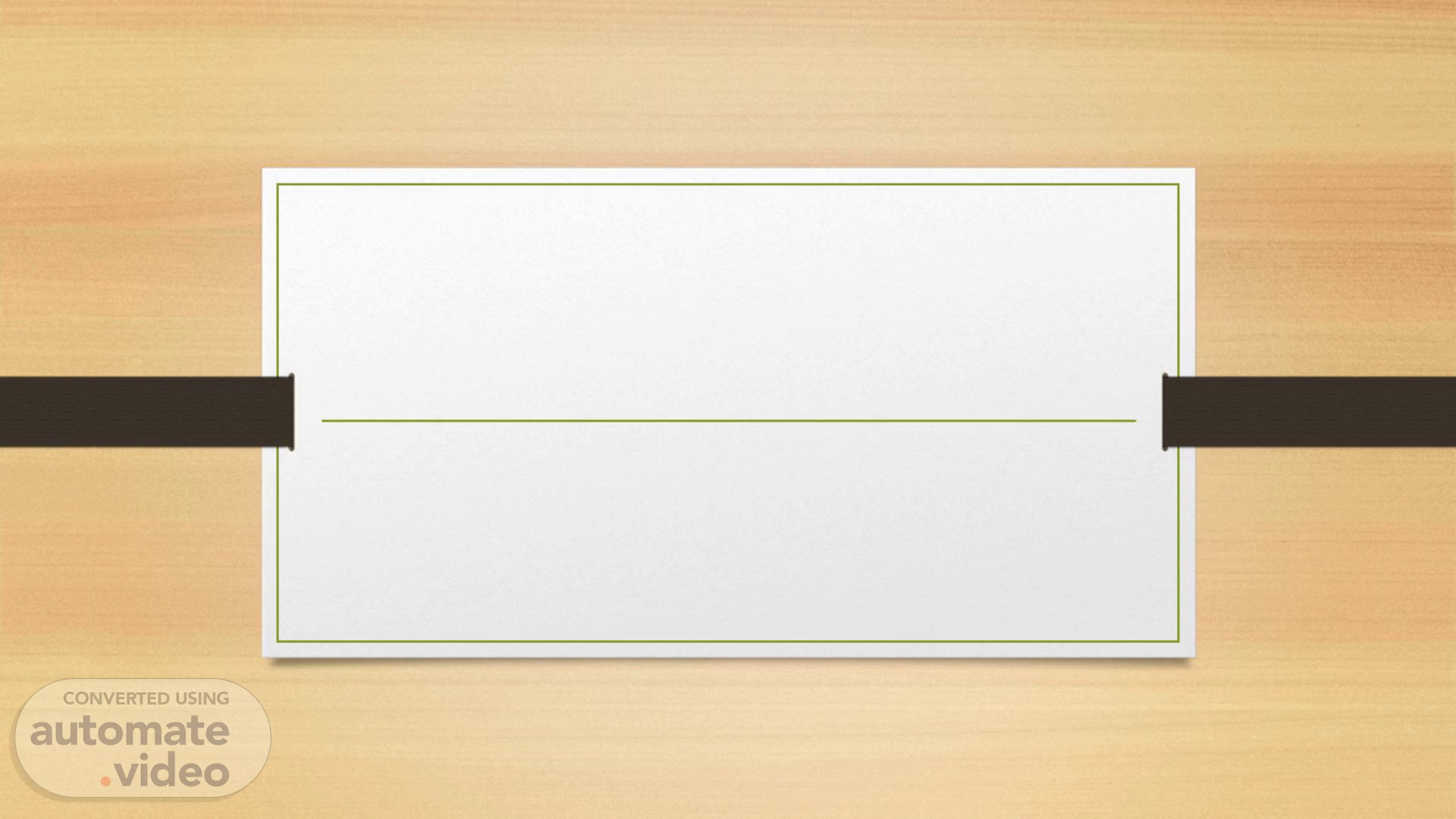
BI DESIGN AND DEVELOPMENT
Scene 1 (0s)
[Audio] Good morning everyone. Today we will be discussing the topics related to Business Intelligence Design and Development including its implications on privacy security and access standards as well as design methods application development tasks and BI application testing. We'll be taking a closer look at these topics through the presentation of Princess Garvie Camingawan. Let's begin..
Scene 2 (23s)
[Audio] Let's jump right into discussing BI Design and Development. We will be looking at BI design user interface privacy security and access standards as well as design methods prototyping lifecycle application development tasks and BI application testing..
Scene 3 (39s)
[Audio] When designing a business intelligence (B-I---) application it is essential to contemplate the visual setup of the application and how it will cooperate with its users. This incorporates making UI standards just as standards for how data is gotten to thinking about security and protection prerequisites. These models ought to be archived in a BI substance details archive and pursued when structuring the BI application..
Scene 4 (1m 6s)
[Audio] BI developers need to create a consistent application across different platforms in order to make them more productive. This means that the layout navigation and functions in all the programs are the same allowing users to easily use the application to accomplish their tasks without having to figure out how it works. However despite these efforts the same results may not always be achieved..
Scene 5 (1m 31s)
[Audio] When it comes to Business Intelligence (B-I---) Design and Development user interface consumer interactions application functions and delivery platforms must all be taken into consideration. Different web browsers different screen sizes tablets smartphones print P-D-F and more must be taken into account when developing for the web. Reports dashboards pivot tables and other BI styles must be developed to provide different types of analyses such as sales figures future customer behavior and profitability. The same considerations must be accounted for when designing for other delivery platforms..
Scene 6 (2m 9s)
[Audio] The Web community responded to its various challenges by creating international standards for user interface design including HTML CSS X-M-L ajax and more. These standards help to create a consistent user experience and enable developers to concentrate on content rather than having to contend with different user interfaces across different platforms functions and customers. By contrast the BI community still faces considerable differences among vendor products and styles. Although some standards are observed such as database languages and access protocols they were formulated by communities other than the BI domain. Furthermore while product vendors may collaborate on industry standards they also see the variations as either an advantage over competitors or as a way of commoditizing their products. This has caused inconsistencies between different BI styles and analytical functions. Moreover because many BI suites have been developed through product acquisitions there is even a lack of consistency in user interface within the same suite..
Scene 7 (3m 17s)
[Audio] In order to ensure appropriate privacy security and access it is imperative for BI teams to collaborate closely with the business. Establishing standards for data that should be kept private such as customer employee supplier or prospect information is essential. With the increasing usage of Big Data and Internet of Things it is especially important to effectively enforce such standards both technologically and from a business standpoint. Through doing this the BI team can effectively regulate the aggregation examination and utilization of data..
Scene 8 (3m 54s)
[Audio] When designing BI applications content specifications and UI standards are taken into consideration in order to construct a visual layout and workflow. Dashboards which include diverse BI applications filters and drill-down/drill-across paths provide an example of this. Subsequently the importance of workplace diversity and its potential benefits will be covered..
Scene 10 (4m 25s)
[Audio] When designing visuals a concept sketch is often the initial step. This is a great way to jot down ideas on a whiteboard or paper thereby aiding the process of understanding the design for both the designer and those involved. For recording and sharing these sketches there exist certain software applications that store the sketched output in different formats. Also these applications come with pre-made shapes which expedite sketching and make it more organized. So if you wish to design rapidly and share with ease using software for sketching can be a great idea..
Scene 11 (4m 58s)
Wireframes. htt ://su rt.m coola 80m Product Sales Analysis r Chart oduct Dimension x Column I Column 2 Column 3 Column 4 Dimension y Column 6 Column 7 Column 8 Measures Measure I Measure 2 Measure 3 City b bbb bbbb b bbb bbbb bbbb bbbb Line Chart Sold Date 201s Qx201x Ox 201 x 201s Qx201x Qx201x Sales S xxxxx.xxx S XXXXXXXX $ xxxxxxxx $ xxxx-xxxx S XXXX-XXXX $ xxxxxxxx.
Scene 12 (5m 12s)
[Audio] A wireframe is a low fidelity representation of the design; akin to a blueprint of a house rather than a three-dimensional CAD/CAM picture. Generally wireframes are drawn in just black shades of gray and white so as to limit and focus the scope of the wireframe..
Scene 13 (5m 30s)
[Audio] I appreciate you taking the time to listen and have me here today. I hope this presentation has offered a comprehensive understanding of storyboarding technique and its importance in BI design and development. Storyboarding is a powerful tool for BI designers to create a detailed view of the analytical process within a BI application. I trust the discussion has given you insight into how you can efficiently design and develop BI applications through the use of storyboards. Thank you for your attention..